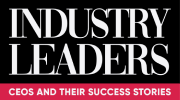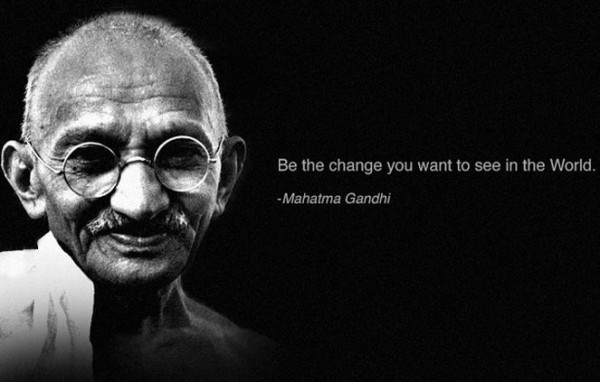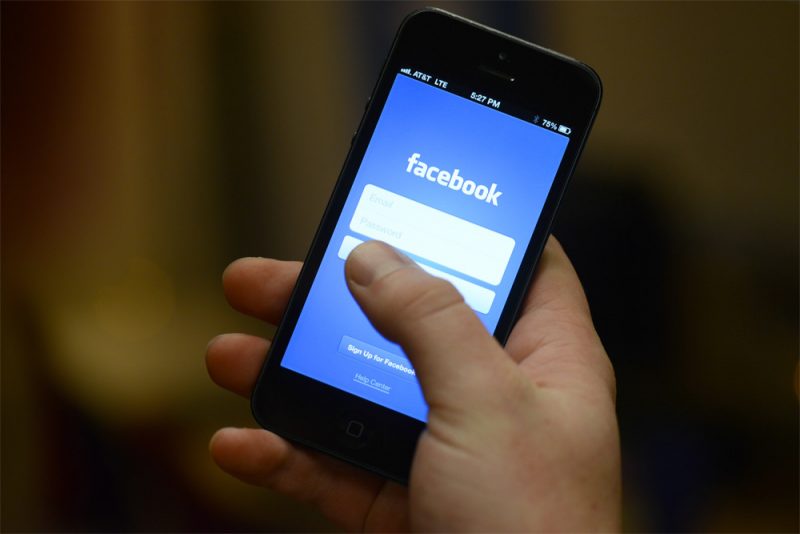Ever wondered what a typical day in the life of a CEO looks like? If you aspire to become the CEO of an incredibly successful company, then this feature will give you profound insights. While many fancy the idea of holding the highest position in an organization, CEOs actually hold more responsibility. Stax founder and CEO, Suneera Madhani (Fortune’s 40 Under 40, Forbes Fintech 50, Industry Leaders’ Fintech Heroes) gives us an insight into a day in her life; from journaling to managing emails, especially when traveling and (sometimes) taking unpopular decisions.
At 26, Madhani began building her now $1 billion payments startup inside her parents’ Florida home. Today, Stax employs more than 300 employees and has processed more than $23 billion in transactions for thousands of businesses since its launch in 2014.
In our ‘A Day in the Life of a CEO’ feature, we explore how Suneera Madhani stays on top of everything.

Morning routine
Rather than creating an endless to-do list, I ask myself: what are the most important, critical tasks of the day?
As a mom of two, my morning routine can be chaotic at times. It’s ever-changing, so staying organized is crucial. I do a ‘zoom out’ every Sunday to plan out each morning of the following week: who’s doing pickup, who’s doing drop off, when I get to work out, etc. Once the kids are off to school and I get to my desk, the morning rituals start. I begin by writing out my needle movers for the day, doing five minutes of journaling, and writing out my affirmations. Rather than creating an endless to-do list, I also take this time to ask myself: what are the most important, critical tasks of the day? I look at my KPI reports, and then I get my workday started. By this point, I’ve already had two cups of coffee.
A typical workday
A typical workday is always changing. As CEOs, we’re generalists—not specialists. Every day, I try to organize my schedule into time blocks–for example, if I have one-on-ones, I try to complete those together. Then there are strategy meetings for Stax, and there’s always some sort of media task that I’m working on. This can be for my personal podcast or someone else’s, writing articles, being interviewed by various news outlets, etc. I try to do these in batches, but life and business happen in real-time.
Managing emails
I’m a huge believer in “inbox zero.”
I use a tool called Superhuman that I really love to help me get through email in a quick and organized fashion. I don’t check email all day long. I try to have dedicated zones for going through my inbox. Part of my morning routine is blocking out this time. I’ll browse through and see what the most important messages are, and keep everything cataloged and organized. Emails from my leadership team or my board get my attention first to ensure that there’s nothing on fire or requiring an urgent response. I’m a huge believer in “inbox zero.” This doesn’t mean you have to have absolutely nothing in your inbox, but it’s managing and organizing your inbox daily to keep it under control and when you get 200 to 300 emails a day like me, this is incredibly important.
One thing that grounds you
What grounds me is my family and my team. If I think about my rocks, it’s my family, my kids. It’s spending time with them. When I get to the office, I put on my CEO hat, and when I leave, I always try to take it off. I can’t be “on” 24/7. I go back to being “mom” and “Sunny” and that’s incredibly grounding.
On leading by example
If you want your team to do something, you should be exemplifying that action.
How to lead by example? You walk the walk. You just do. I have found that a lot of leaders will read all of these leadership books and try to be these textbook leaders, but what it comes down to is just doing the right things. If you want your team to do something, you should be exemplifying that action. Otherwise, there’s no credibility for them to do it. I walk the walk. That’s something I’m really proud of. And whether that shows up when it comes to community impact or how we treat our customers, we have to embody these values as humans first, as leaders first, because otherwise it’s never going to be authentic and it’s never going to translate into your organization.
Challenges and Ambition
The best way to handle challenges is consistency. You keep going. Not every day is going to be perfect. And sometimes, on any given day, it’s a roller coaster, it’s a journey with challenges and victories. That’s why it’s so important to be focused on the journey and not the destination. There’s going to be challenges – whether they’re people challenges, macroeconomic challenges, business challenges, or personal challenges that may arise that also affect your workplace, there’s going to be something. And the answer isn’t “get used to it,” the answer is “tackle it.”
I had a mentor once tell me that when you’re met with a challenge, you have to remember that it’s not the best thing that could have ever happened, but it’s also not the worst thing that could have ever happened.
Make sure you have the right mindset to be able to handle challenges when they arise. I had a mentor once tell me that when you’re met with a challenge, you have to remember that it’s not the best thing that could have ever happened, but it’s also not the worst thing that could have ever happened.
You have to find that balance and understand that you will get through it. Sometimes these challenges feel like the world is falling apart. Maybe it’s the first time that somebody quits or the first time you get a legal letter. We’ve all been there. I remember when I was starting my business in my early 20s, I didn’t think I could overcome the many challenges that came my way. But then I did, and I was more experienced for the next challenge that came my way. Before I knew it, challenges were getting more manageable. You have to get your mindset right, you have to get your resilience in check, and most importantly, you have to remember to have fun.
Decision making
As an executive, you have to make decisions all day long, and there is truly a thing called decision fatigue.
When I think about decision-making, it’s always about doing the most important tasks. It’s about getting the right stuff done. As an executive, you have to make decisions all day long, and there is truly a thing called decision fatigue. To avoid this fatigue, I try to eliminate as many micro-decisions that I don’t need to make. Whether that be what I’m eating, what I’m wearing, or how I travel, there are things you don’t need to make decisions about. Delegate those decisions to others. Now you can focus on the bigger decisions and on what moves the needle. When making these bigger decisions, it’s important to remember that you have to think of the whole versus the part. If you make a decision about something that influences “the part,” ask yourself how it affects the overall organization. My job as CEO is to protect the entire organization. Sometimes we get bogged down in one singular channel or one singular decision. So make your “decision-making” for the whole and not for the part.
Creating a sense of purpose at Stax
One of the main initiatives within our organization that drives our company’s sense of purpose is Stax Cares. Stax Cares is the philanthropic branch of our company founded on three pillars: women in business, youth and STEM, and radical acceptance. I head up our Stax Care initiative, and together as a company, we have pledged to donate $1 million back into our community in not only dollars but donations of time and impact. Beyond just Stax Cares, our company’s mission is to empower businesses to move faster, think smarter, and make better decisions. We’re disrupting the industry. We want to be different, and we want to have fun doing it. This, combined with our incredible culture, is what got us on Inc’s Best Workplaces list. Twice.
On decompressing
I decompress by finding moments of quiet. As a working mom, your job never ends, and as a very ambitious person, I take on a lot. I’m the CEO of Stax, a mom of two, and I also have my own top 100 business podcast, @ceoschool. I’m also a mentor; I lead our Stax Cares initiative; and so much more. All of these things take energy, and when I plan my day, I need to carefully plan out where I’m spending this energy.
Just like a phone battery, we can find ourselves going and going and going, and then the battery runs out. You have to charge the battery. I do this primarily on the weekends. I try to not work on Saturdays and Sundays as much as possible, and I don’t make a ton of plans.
Life is picking back up again with birthday parties, events, and different gatherings, which is all very exciting. But what’s also exciting is learning to say no. It’s hard to do, but taking your time back is incredibly important when recharging. On the weekends, I try to find as many moments of quiet as possible while recharging with family and friends.






